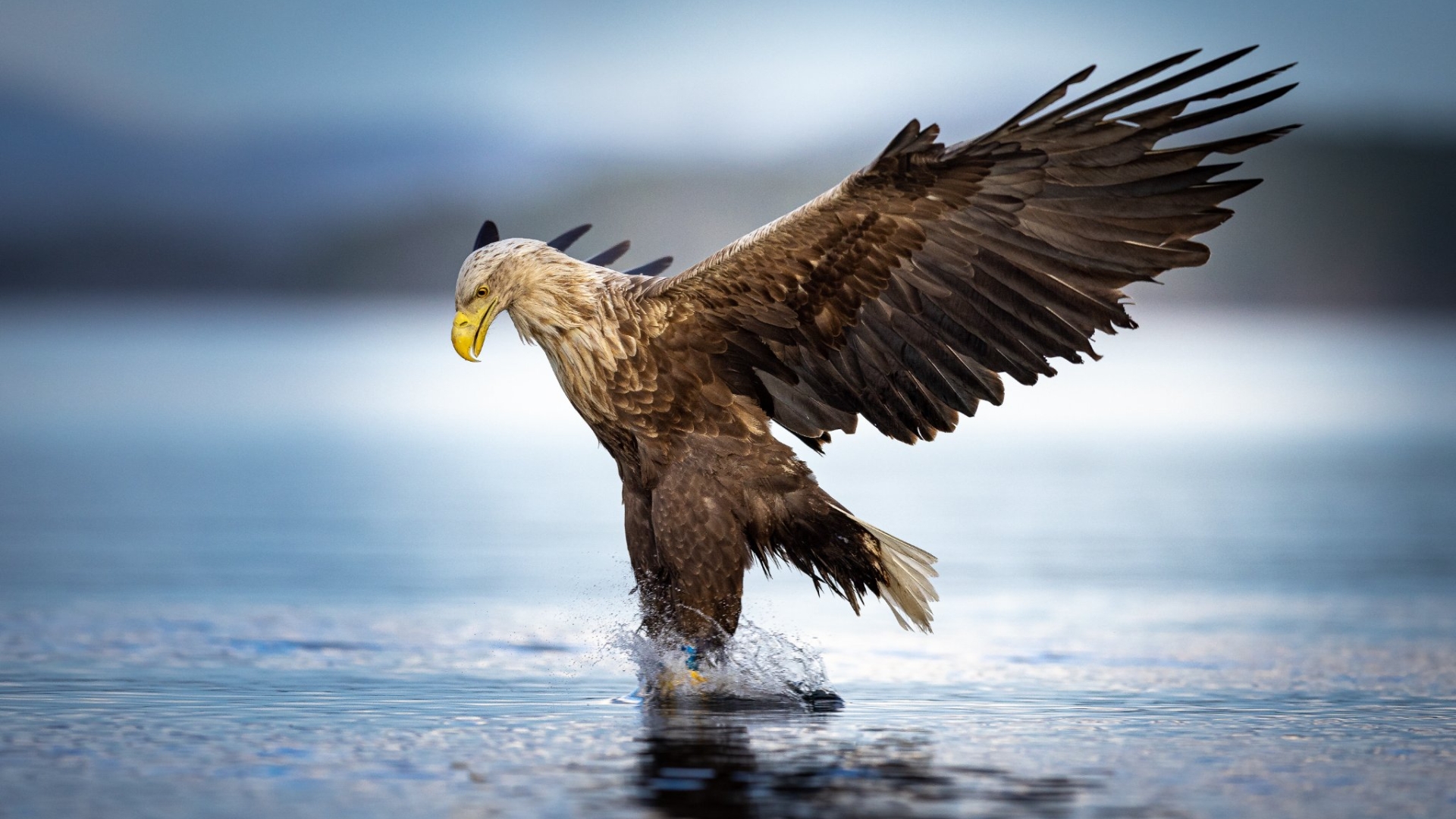
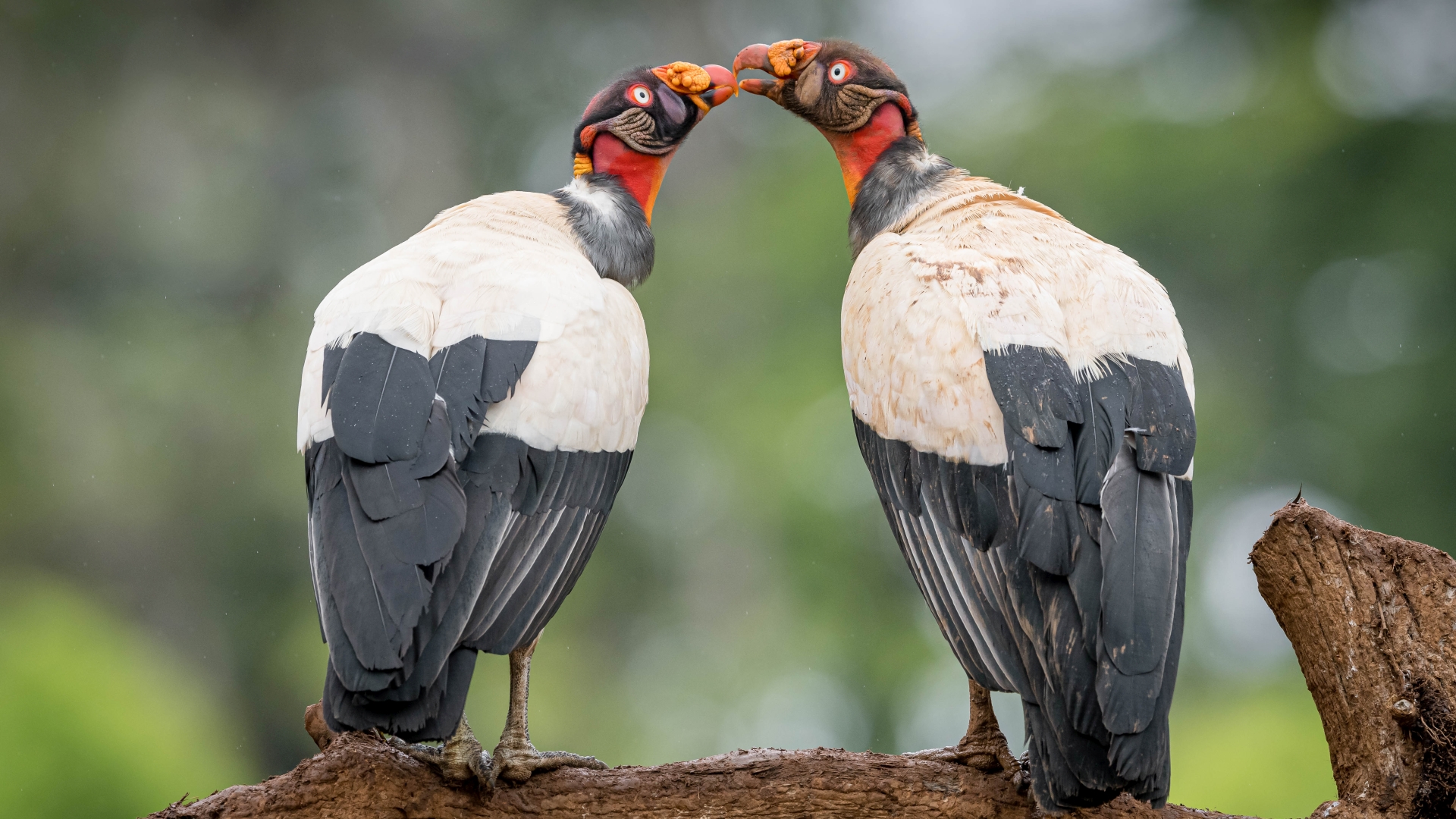
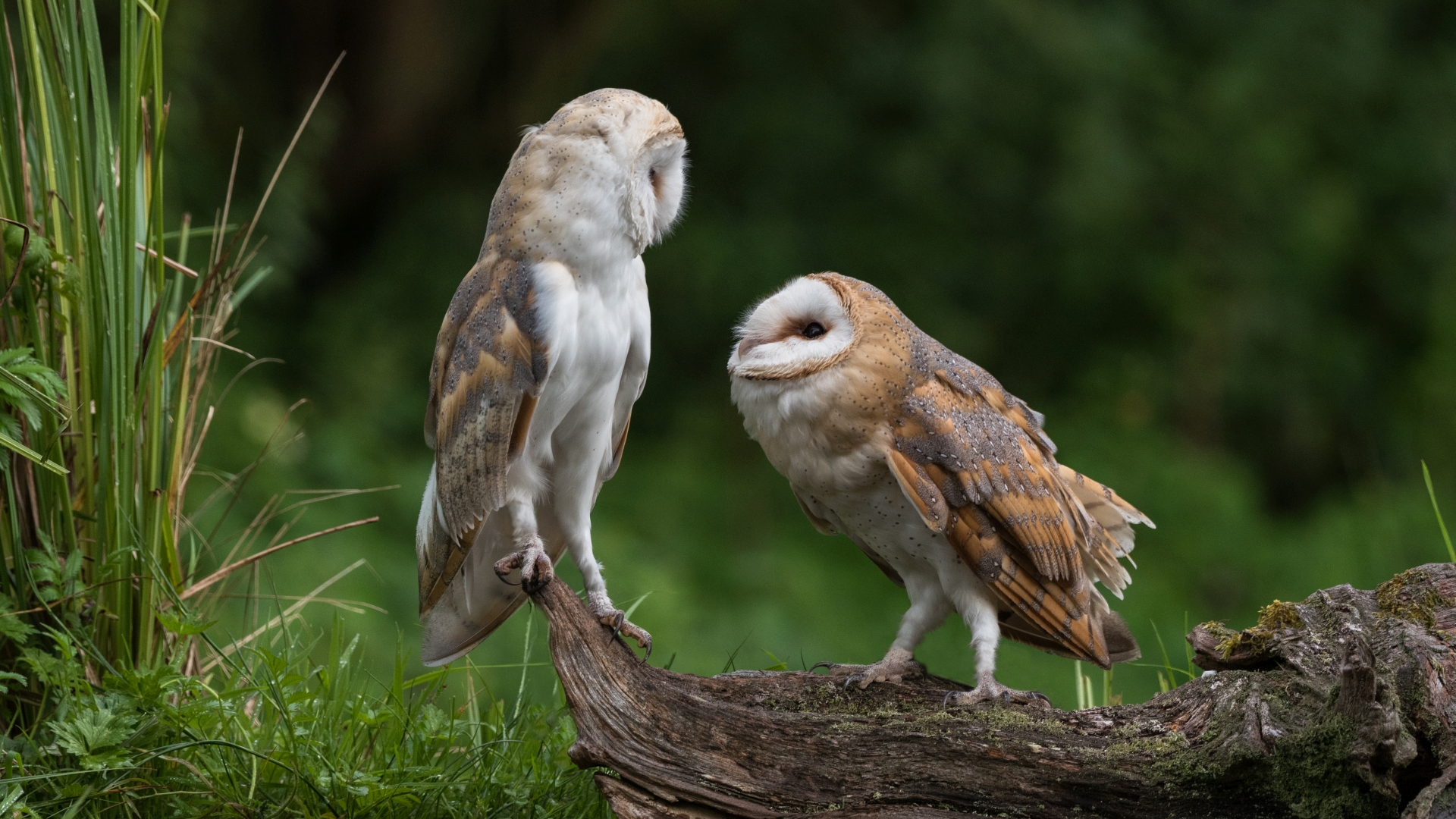
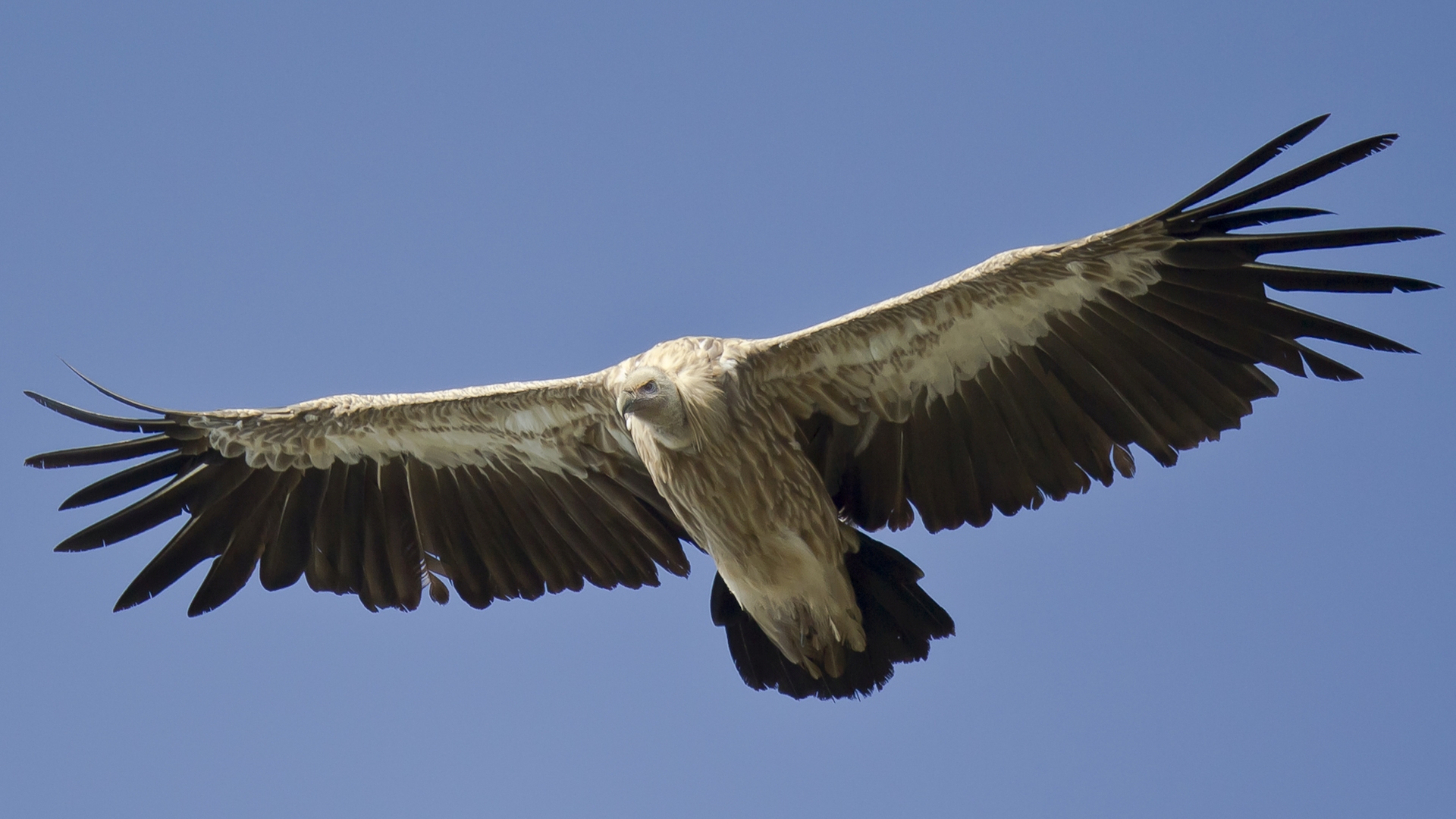
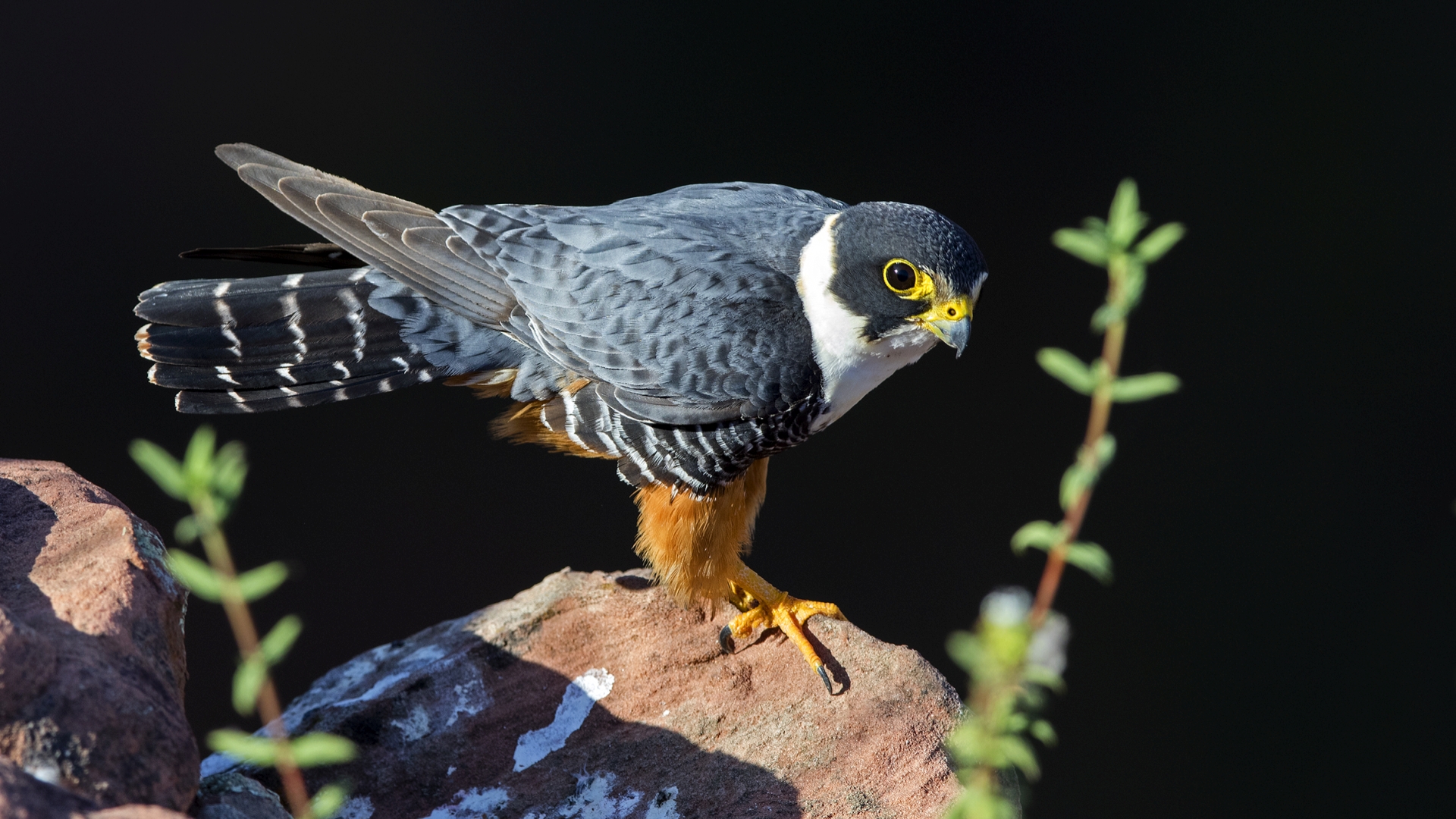
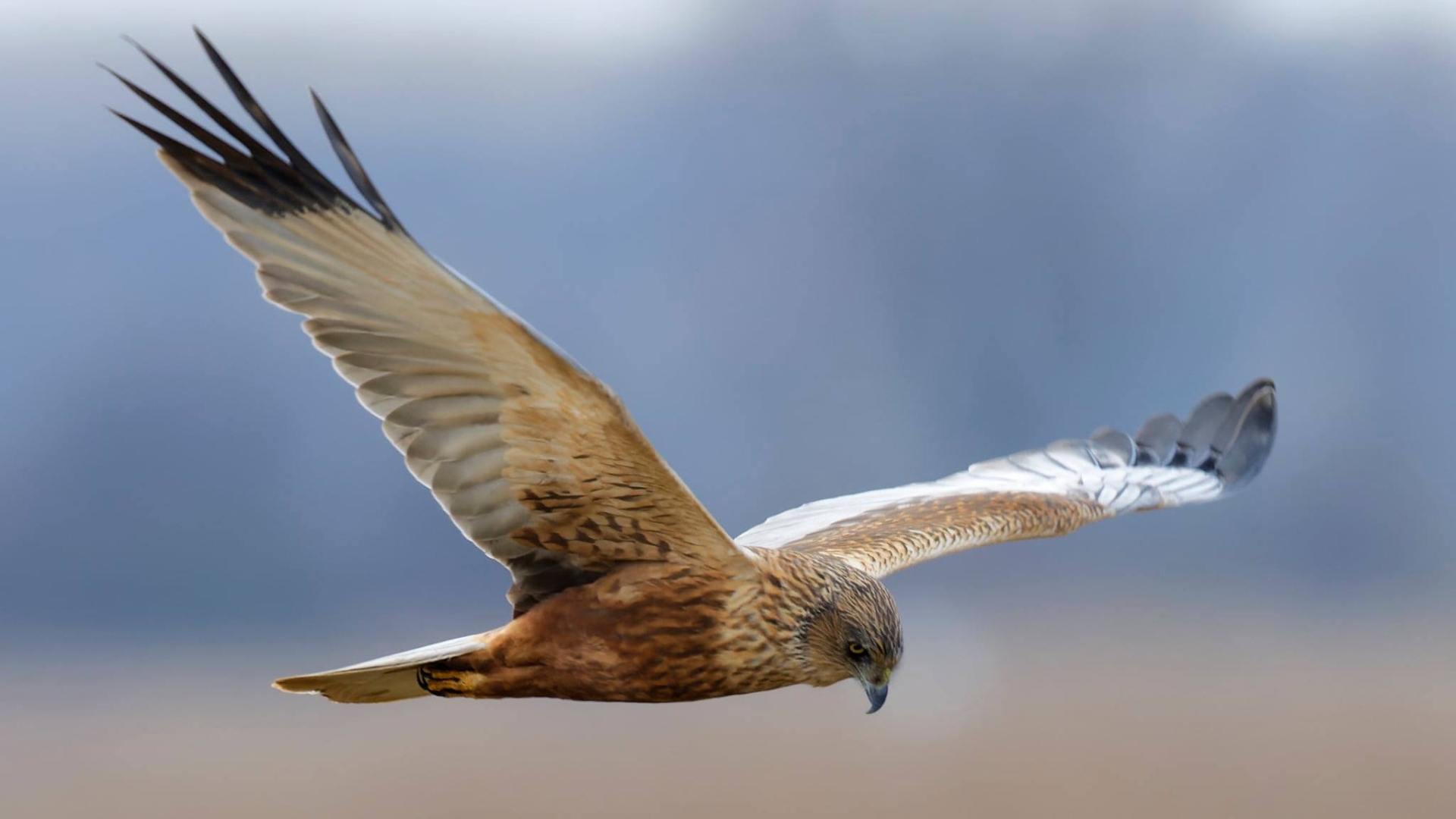
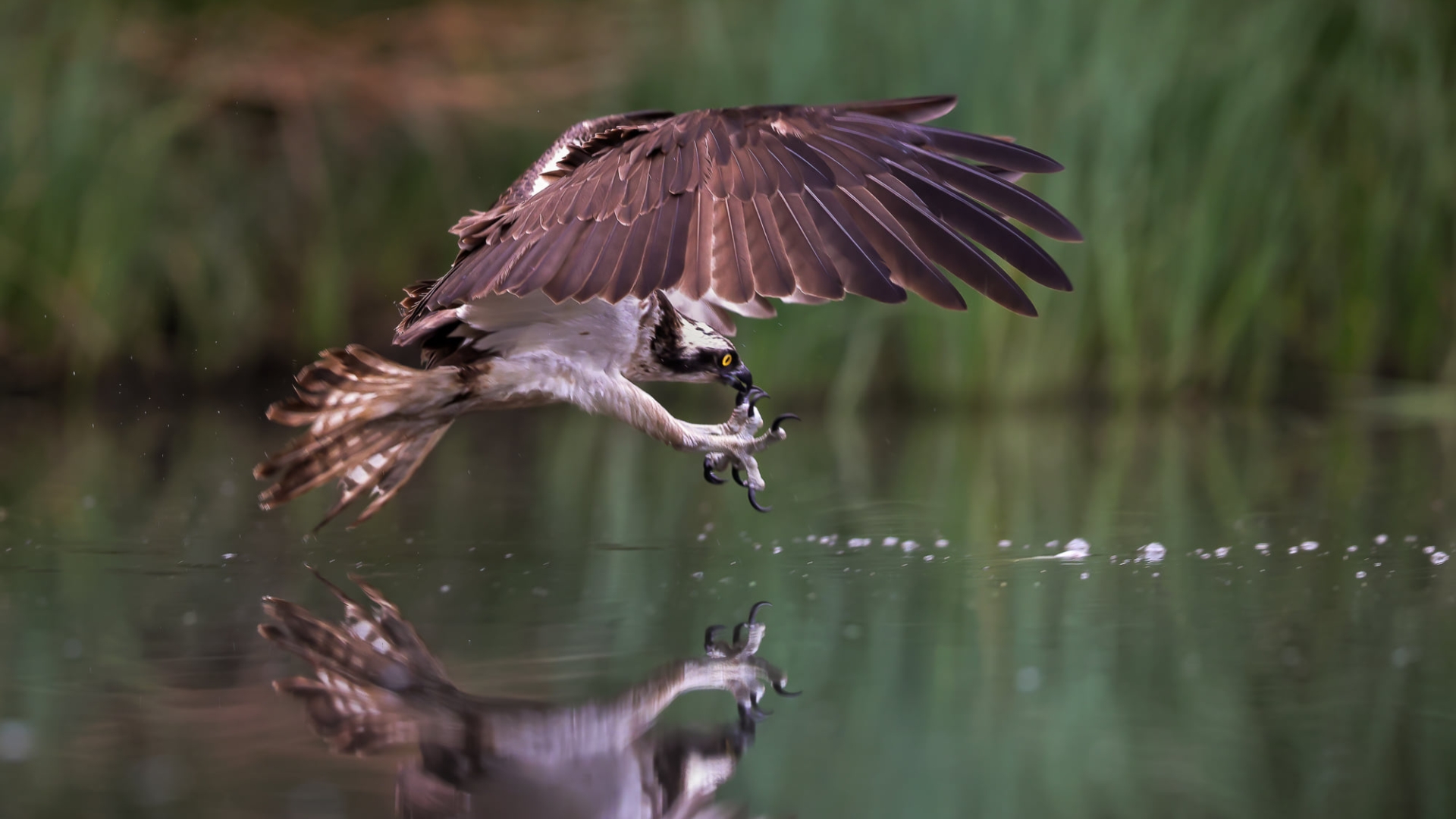
EAGLEWATCH - Birds of Prey & Owls
Welcome to our renewed site!
Birds of prey have been strongly persecuted over the
centuries because people had no knowledge of food chains, no understanding
of how biological systems worked. Through damage and disgrace man has become
wiser, but that still required a massive bird of prey mortality. Birds of
prey and owls were killed en masse due to the use of the poisonous DDT.
We want to give you insight into the biology of the bird of prey and
owl. They have had a turbulent history. Some species are on the verge of
total extinction as a result of humans. 30% of all 567
birds of prey and owls are threatened. We hope that with
this information and beautiful photos we can cultivate more understanding
for these beautiful animals.
Birds of prey and owls contribute to the
stability and balance in nature. They hunt sustainably. The supply of prey
regulates the bird of prey and owl population. If there is a good year for
mice, the
Common kestrel responds with many young and sometimes a second clutch.
This in itself is enough reason for wonder, admiration!
In the
Netherlands we can again fully enjoy common species such as the kestrel and
the
buzzard. The
hawk
and the
sparrowhawk are also spotted more often. The
White-tailed eagle eagle has become a trusted winter guest.
Unfortunately, not all birds of prey fare so well. Species such as the
Montagu's harrier and hen harrier only breed in small numbers. Their habitat
is vulnerable, the birds of prey are threatened.
Eaglewatch provides you with information about all types of birds of
prey and owls, which occur all over the world. The sparrowhawks
(Accipitriformes), falcons (Falconiformes), New World vultures
(Cathartiformes) and owls (Strigiformes) are discussed. You can select the
birds by Dutch or Latin name and view per continent by occurrence. Europe
offers you the option to select these per country.
Questions such as
recognition, distribution, preparation, spans, weights, care of the
nestlings, reproduction, diseases and much more are described on this site.
Birds of prey and owls belong to the class of birds (Aves). Birds are a
class of chordia (Chordata) with at least 9,800 species that all share two
very distinctive traits: they have wings and feathers.
We wish you a
lot of reading and viewing pleasure.
Sincerely,
Team
Eaglewatch




